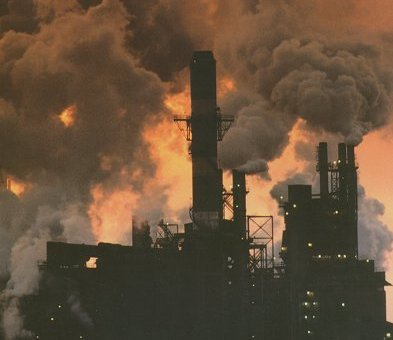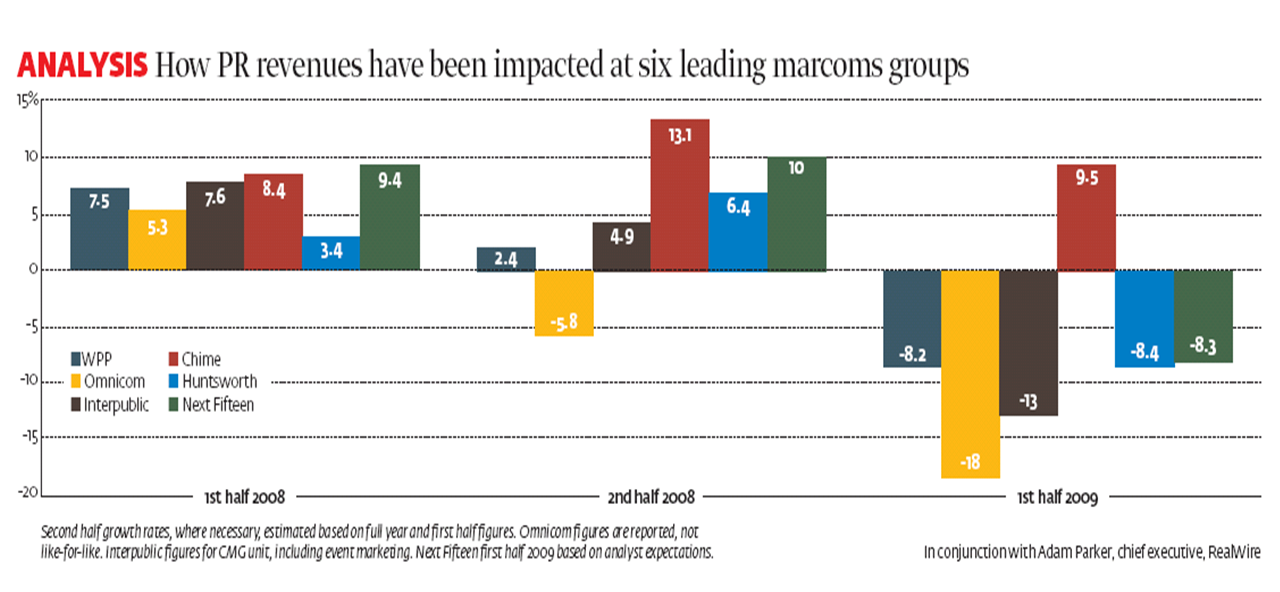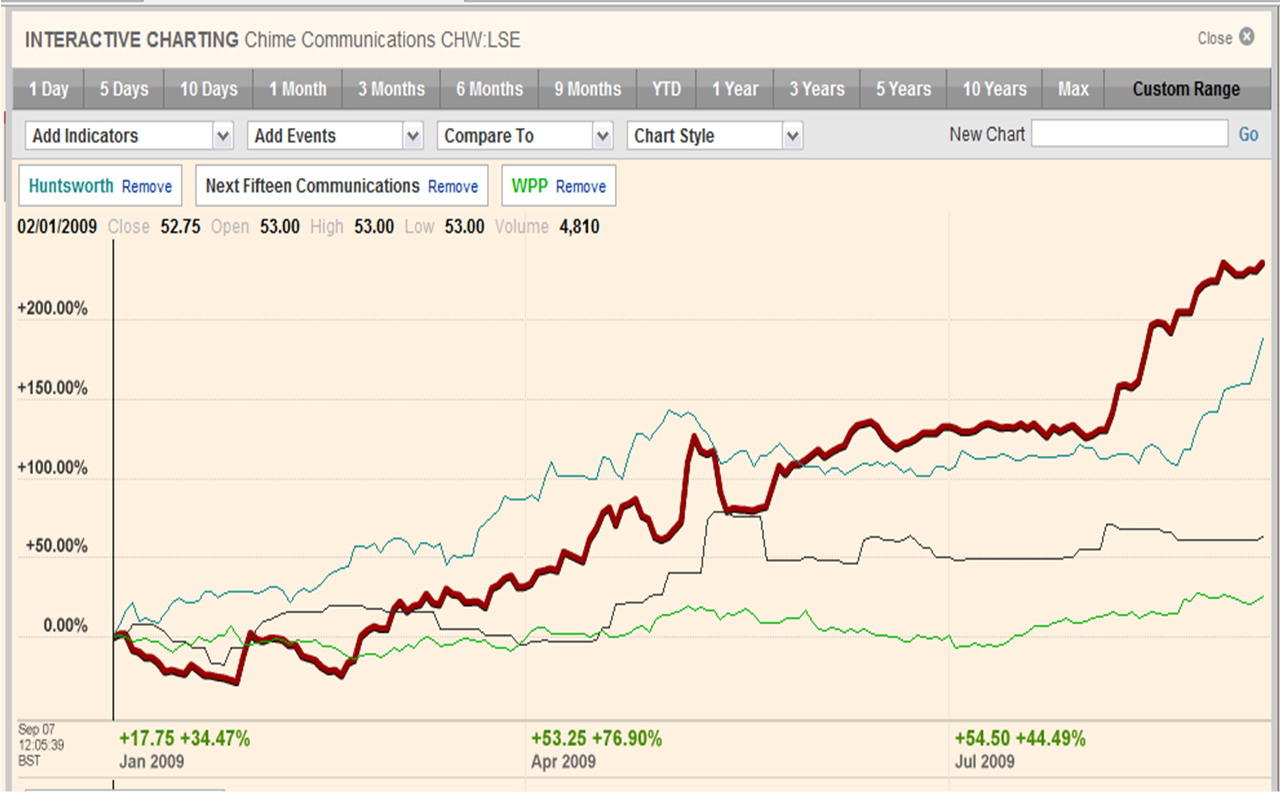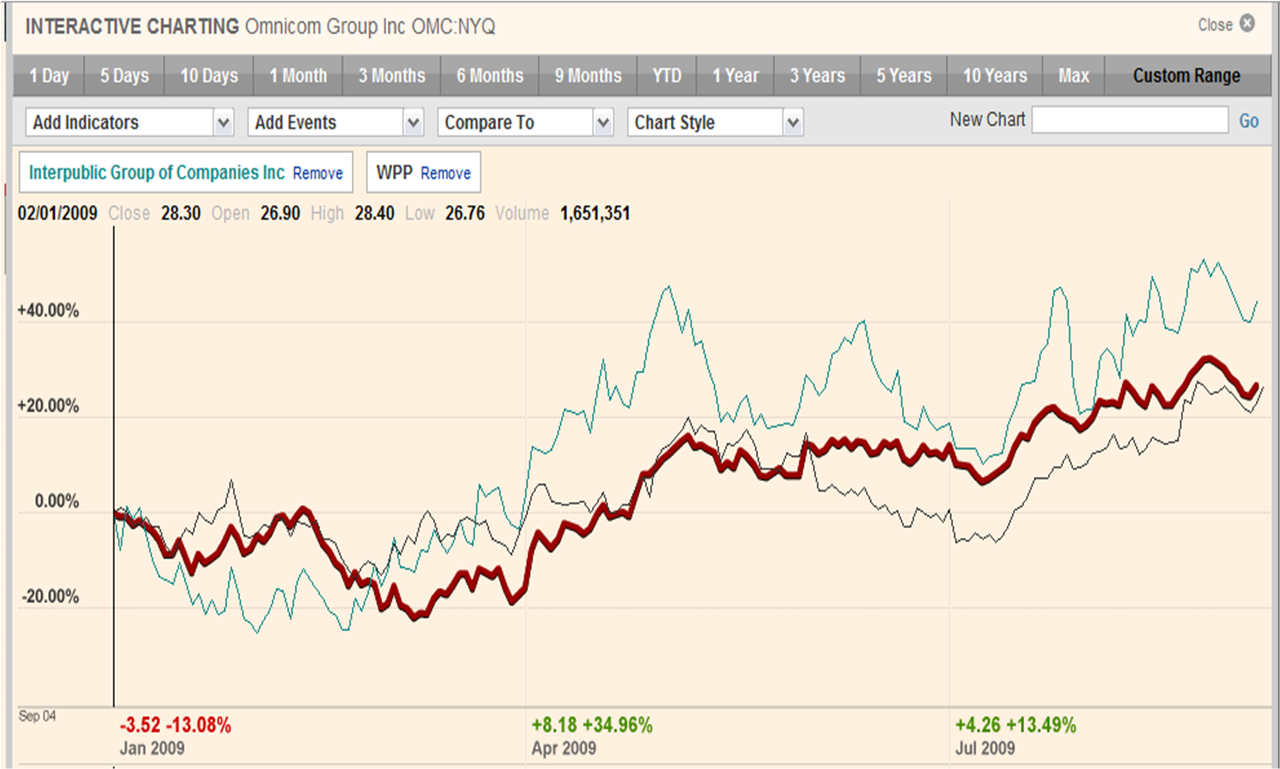 Protecting the real world from the ravages of pollution and preserving our natural resources was once considered the preserve of environmental activists. Not anymore. Recycling, energy conservation and reducing our carbon footprint are now mainstream activities.
Protecting the real world from the ravages of pollution and preserving our natural resources was once considered the preserve of environmental activists. Not anymore. Recycling, energy conservation and reducing our carbon footprint are now mainstream activities.
In the Online Media World I would suggest the equivalent to pollution is irrelevance, and the time, and money, that are wasted dealing with it (never mind the frustration caused). Unfortunately the PR industry is one of the culprits in producing this pollution; with the interesting stories it does create often getting lost in the millions of press releases produced each year, many of which are often sent to significant numbers of people for whom they are irrelevant. This means only a small proportion of these messages actually lead to someone talking about a story.
The positive response to our recent Online PR animation suggests that many (all?) people in the PR industry are aware of the importance of remembering that there are real people at the end of each of these messages. Given this, if irrelevance is polluting their environment shouldn’t we all be asking one simple question:
What have we done to improve our relevance today?
For us at RealWire this means making sure the existing things we do to improve our relevance are performed 100 per cent and looking for new ways to reduce our “irrelevance footprint” all the time. Many of these improvements and processes are based on feedback from the receivers of our news themselves. Some things are simple, the equivalent to turning the light off when you leave a room or not leaving your TV on standby, and others take more effort and investment on our part. They all have one end purpose though – to deliver greater relevance to all the receivers of our news and so reduce the amount of pollution we create.
We realise we’re far from perfect, but then how many people recycle 100 per cent of their waste in the real world? Does that mean that we shouldn’t all try and recycle more just because perfection is probably unattainable? That’s why we are always looking to improve. After all it is only through delivering relevance that the PR industry can ever hope to release the influence it desires.
I noticed today that PRNewswire have recently started to provide their content through sector specific Twitter feeds e.g. PRNTech, rather than all through one single feed. RealWire also did this a few months ago as we realised, as PRN would appear to, that people following news content would find this would significantly improve the relevance of the content to them. It’s not rocket science, nor is turning off your TV, and it won’t solve the problem of PR pollution by itself, but as with the environment a lot of small individual measures can make a big difference overall.
So hats off to PRN for also taking this step and perhaps we could all ask ourselves what have we done today to improve the environment in the Online Media World we all inhabit?




 I am taking part in
I am taking part in